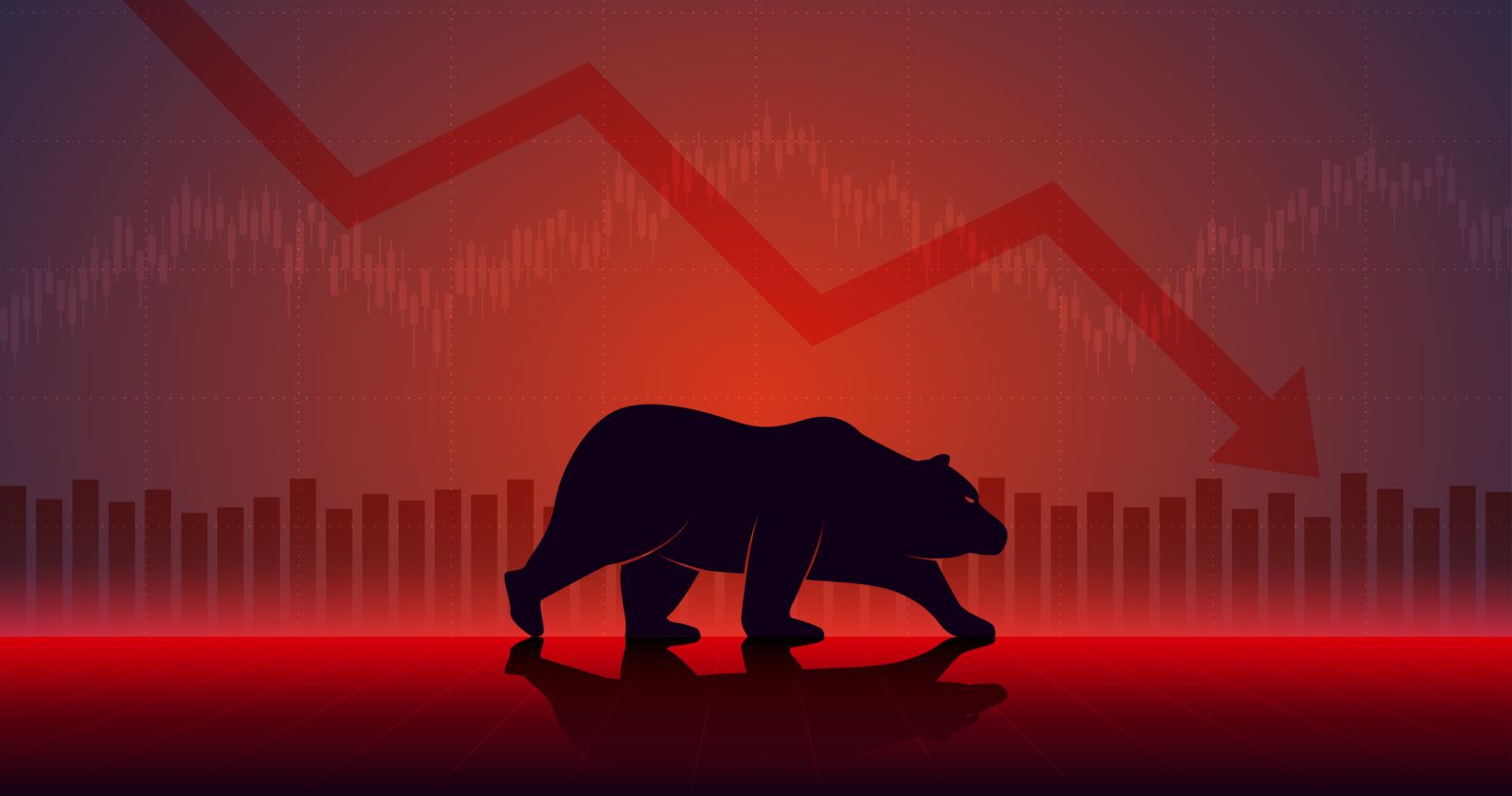
Thanks to its nearly 6% drop during the midweek session, Intuitive Surgical (ISRG) graced — for lack of a better word — the rankings of Barchart’s “All US Exchanges Percent Change Declines” screener. As you can tell from the name, this list provides a breakdown of the day’s biggest percentage losers.
Let’s just be honest here: most of the time, you’re going to find straight up junk by default. But occasionally, you come across gems that have the potential of rising above the muck. I’m not just going to argue that ISRG stock is one such candidate; I have compelling, scientific evidence to back it up.
Too often, Wall Street is full of well-meaning advice that says a lot but says nothing. One of my “favorites” is from legendary investor Warren Buffett: “Be fearful when others are greedy, and greedy when others are fearful.”
This statement, while seemingly profound, raises the obvious question: how do you know which red-stained names to buy and which ones to avoid?
The answer: out-of-sample testing.
In the financial publication space, virtually every single article (to my knowledge) that has been published in the mainstream ecosystem presents an in-sample argument. Put another way, the conclusion and the evidence to support said conclusion stem from the same dataset.
For ISRG stock, the common argument is the Trump administration’s tariffs and the negative impact that they have on the business caused the security to tank. However, the bulls would counter that because Intuitive now trades for a lower multiple, the strength of the company’s fundamentals would eventually lead to a positive market rerating.
As reasonable as this logic may sound, the conclusion (that ISRG stock is undervalued) and the evidence to support said conclusion (the reduced multiple relative to historical or prior averages) come from the same dataset.
Here’s a red-pill moment for you. This trope of an analysis is no different than claiming that the Flying Spaghetti Monster (FSM) exists because you prayed to it and it helped you find your keys. The conclusion (that the FSM exists) and the evidence to support it (helping you find your keys) come from the same source.
Using Out-of-Sample Testing to Identify an Opportunity in ISRG Stock
Everybody should be familiar with the phrase, correlation does not imply causation. This is especially relevant on Wall Street, where the ginormous leap from correlation to causation is baked into almost every headline, argument and “undervalued” call.
I’m guilty of this thought process as well. But with the shifting environment in the multimedia space, this is an opportunity to bring about meaningful change.
Because in-sample arguments are inherently self-referential, there’s no way to falsify the claim. Further, any wisdom, any guidance that stems from such circular logic is bound to be fragile — with success stories more often than not hailing from survivorship bias, not actual methodology.
In sharp contrast, out-of-sample testing controls for outside factors. Stated differently, by conducting such tests, we are seeking to determine the probability of causality: does the thing being asserted legitimately work in other contexts?
For me, what makes ISRG stock so intriguing is that in the trailing 10 weeks, it printed a 3-7-D sequence: three up weeks, seven down weeks, with an overall downward trajectory. Based on my dataset, which covers January 2019 through a little over the halfway point this year, the 3-7-D has a tendency of skewing the range of prices toward the upside over the next 10 weeks.
Unfortunately, if I leave the argument as so, it would be very much an in-sample assertion. To create an out-of-sample test, I conducted three regime experiments: a post-Great Recession test, a pre-COVID-19 test and a post-COVID-19 test:



What I discovered was that in the post-recession test, the skew eventually tilted negatively following the 3-7-D sequence. However, in the other out-of-sample tests (as well as the in-sample dataset), the expected forward skew is positive.
So long as the overall sentiment regime doesn’t shift into “recession mode,” the 3-7-D signal reliably represents an upside opportunity. Of course, reliability doesn’t guarantee results. However, with the out-of-sample tests, we have quantitative confidence that ISRG stock could move higher over the next two months.
Taking Advantage of a Potential Options Mispricing
Given that upside may be a higher probability than what market makers believe, it’s fair to assert that ISRG stock options are mispriced. Those who want to get aggressive may consider the 460/470 bull call spread expiring Oct. 17.

The above transaction involves buying the $460 call and simultaneously selling the $470 call, for a net debit paid of $410 (the most that can be lost in the trade). Should ISRG stock rise through the short strike price ($470) at expiration, the maximum profit is $590, a payout of nearly 144%.
As with anything market-related, there’s always going to be risk. For a more probabilistically comfortable trade, setting the short leg at $460 may be ideal (in exchange for a lower payout). However, based on multiple regime tests, I’m confident that ISRG stock is a discount — not just a cheapened name.







